A superhuman ability to bullshit
This week: Bullshit, a comprehensive survey, labour market disruption, and possibility spaces
Modern Day Oracles or Bullshit Machines?
I can confidently say that I don't know…
“Yet we argue that their power comes from a superhuman ability to bullshit. This ability is their greatest strength—yes, it can be genuinely useful—and also their biggest threat.”
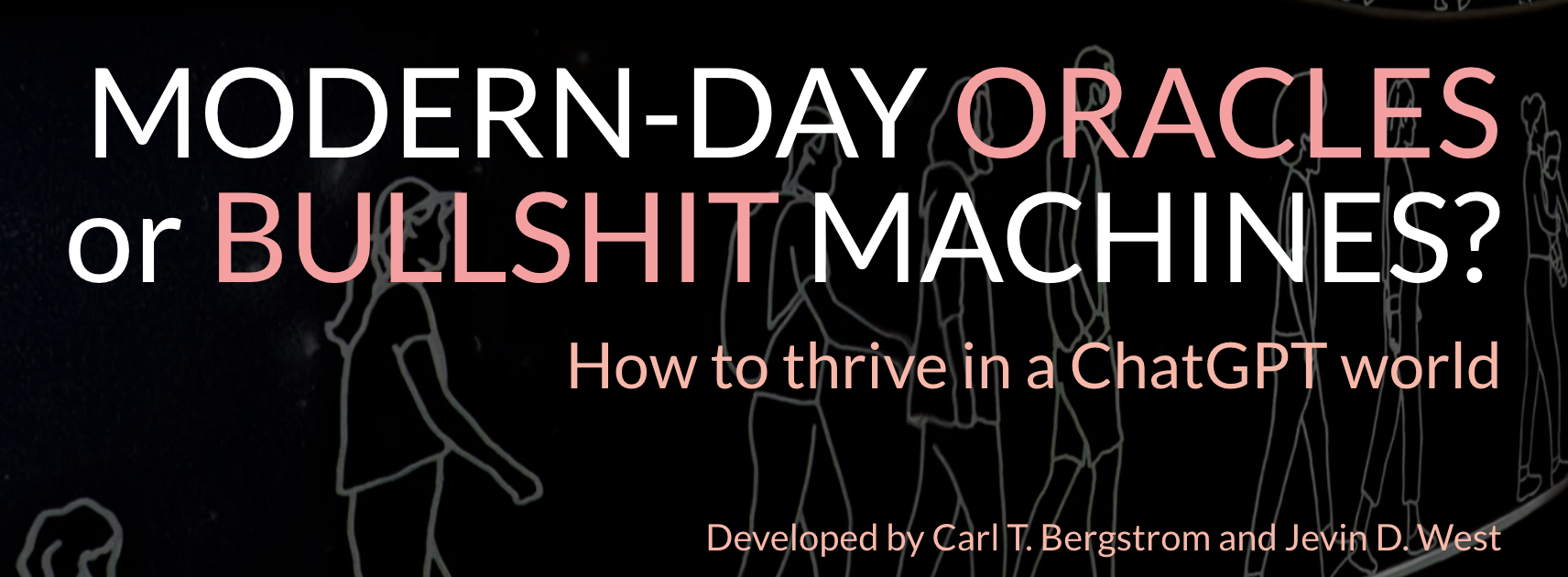
“BULLSHIT involves language or other forms of communication intended to appear authoritative or persuasive without regard to its actual truth or logical consistency”

“This is where Large Language Models come in. These systems have no ground truth, no underlying model of the world, and no rules of logic. Their words don't refer to things-in-the-world; they are just words in statistically-likely orders. When they get things wrong, they aren't trying to lead us away from the truth. They couldn't do that if they wanted to—they don't know the truth.”
“PRINCIPLE: To understand how LLMs will change the world, we will need to understand what they are capable of, and what they are not. We will have to think about not only the benefits they provide, but also the ways that people will abuse them to produce insincere text at scale.”
https://thebullshitmachines.com/
Agentic AI: Autonomous Intelligence for Complex Goals–A Comprehensive Survey
Probably the most comprehensive surveys I’ve seen…
“Unlike traditional AI, which depends on structured instructions and close oversight, Agentic AI demonstrates adaptability, advanced decision-making capabilities and self-sufficiency, enabling it to operate dynamically in evolving environments. This survey thoroughly explores the foundational concepts, unique characteristics, and core methodologies driving the development of Agentic AI.”

“By combining adaptive learning, robust reinforcement mechanisms, and real-time responsiveness, Agentic AI systems can deliver dynamic solutions that enhance productivity and efficiency. However, with increased autonomy comes the responsibility to address ethical considerations and ensure accountability, transparency, and fairness. As Agentic AI continues to evolve, it is essential that these systems are developed with a clear focus on ethical alignment, resilience, and regulatory compliance to prevent potential misuse or unintended consequences.”
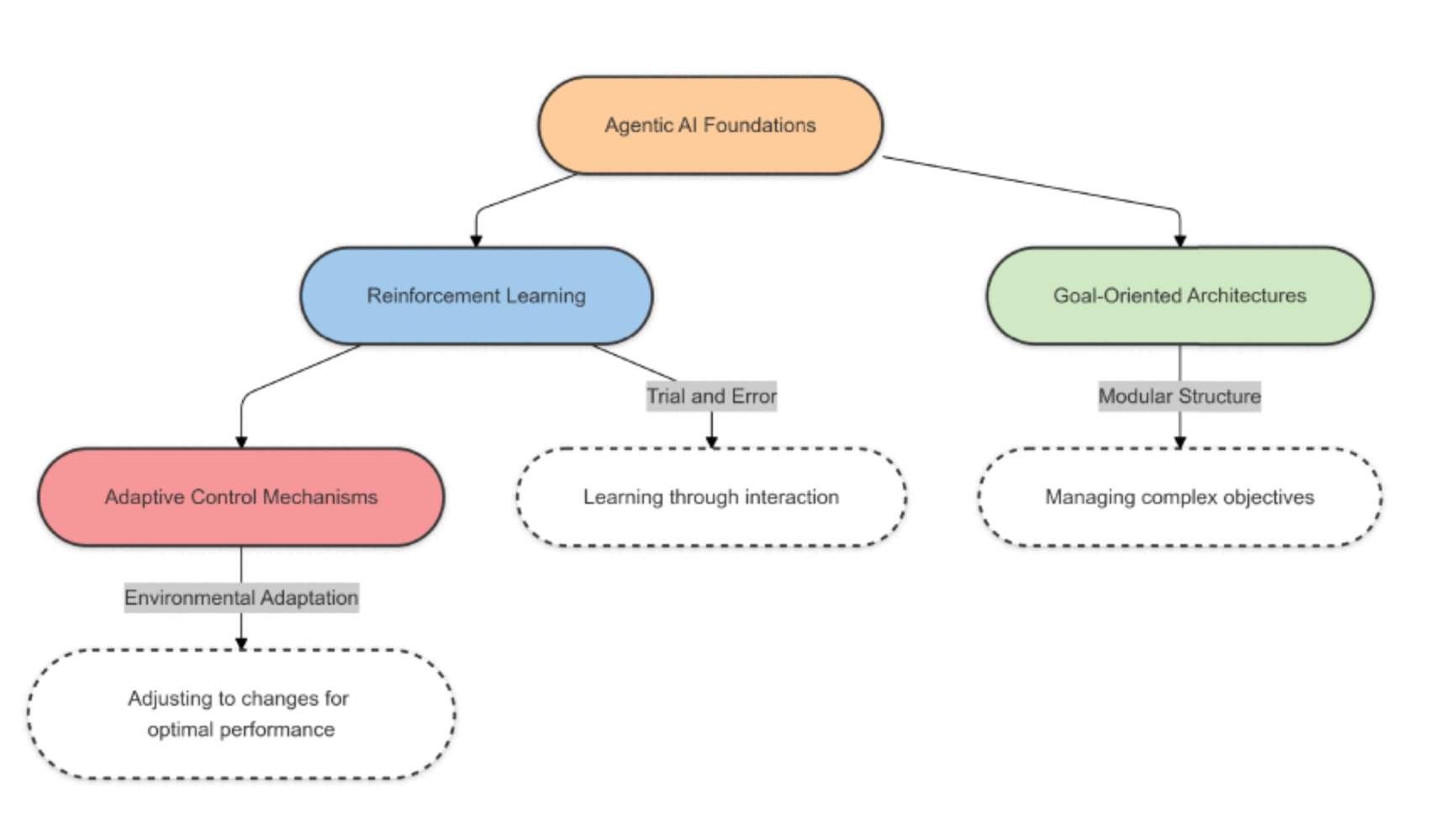
Acharya, D. B., Kuppan, K., & Divya, B. (2025). Agentic AI: Autonomous Intelligence for Complex Goals–A Comprehensive Survey. IEEE Access.
https://ieeexplore.ieee.org/document/10849561
The Labor Market Impact of Digital Technologies
From South Korea: it’s mixed…
“The adoption of digital technologies in Korea appears to have a more pronounced negative impact on high-skill and female workers. This suggests that the nature of labor displacement caused by AI, big data, and IoT may differ from that of previous technological disruptions, which primarily affected male and low-skill workers.”
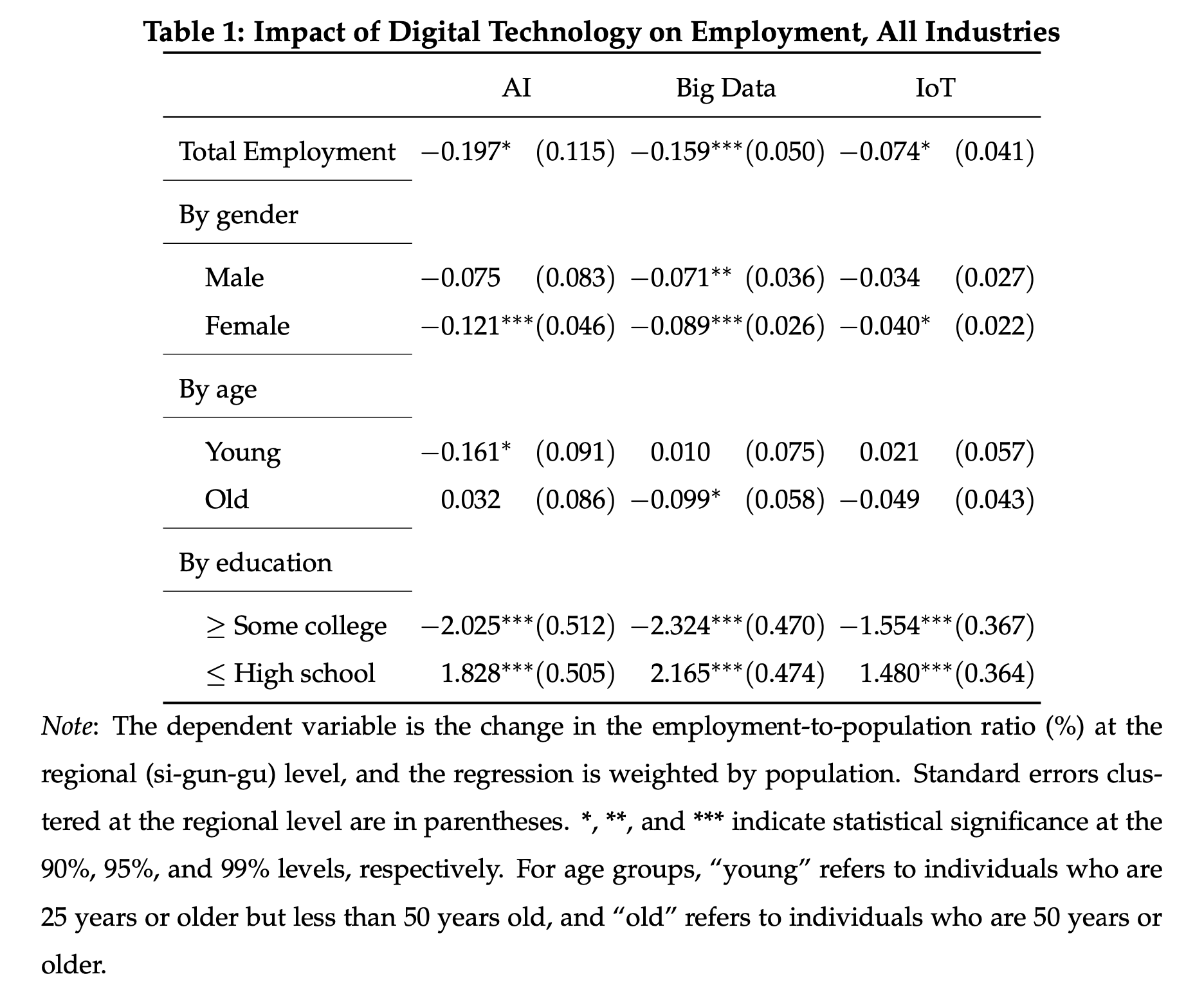
“Furthermore, the relationship between employment declines and job vacancies differed significantly across sectors and occupations. In manufacturing, craft jobs experienced reductions in both employment and vacancies, indicating diminished demand. In contrast, professional roles in IT services exhibited a paradoxical trend: while employment fell, vacancy postings for these positions increased, signaling a growing demand for professionals with new skill sets adapted to the new digital technologies. While digital technologies may reduce the number of traditional jobs, they are also creating new opportunities for workers who can meet the demands of evolving roles.”
“In the IT services industry, the adoption of digital technologies, particularly big data (0.188) and IoT (0.155), is positively associated with vacancy postings, indicating a growing demand for workers with technical skills.”
Aum, S., & Shin, Y. (2025). The Labor Market Impact of Digital Technologies (No. w33469). National Bureau of Economic Research.
The Possibility Space Concept in Neuroscience: Possibilities, Constraints, and Explanation
“Mere lack of realization is not an impossibility…”
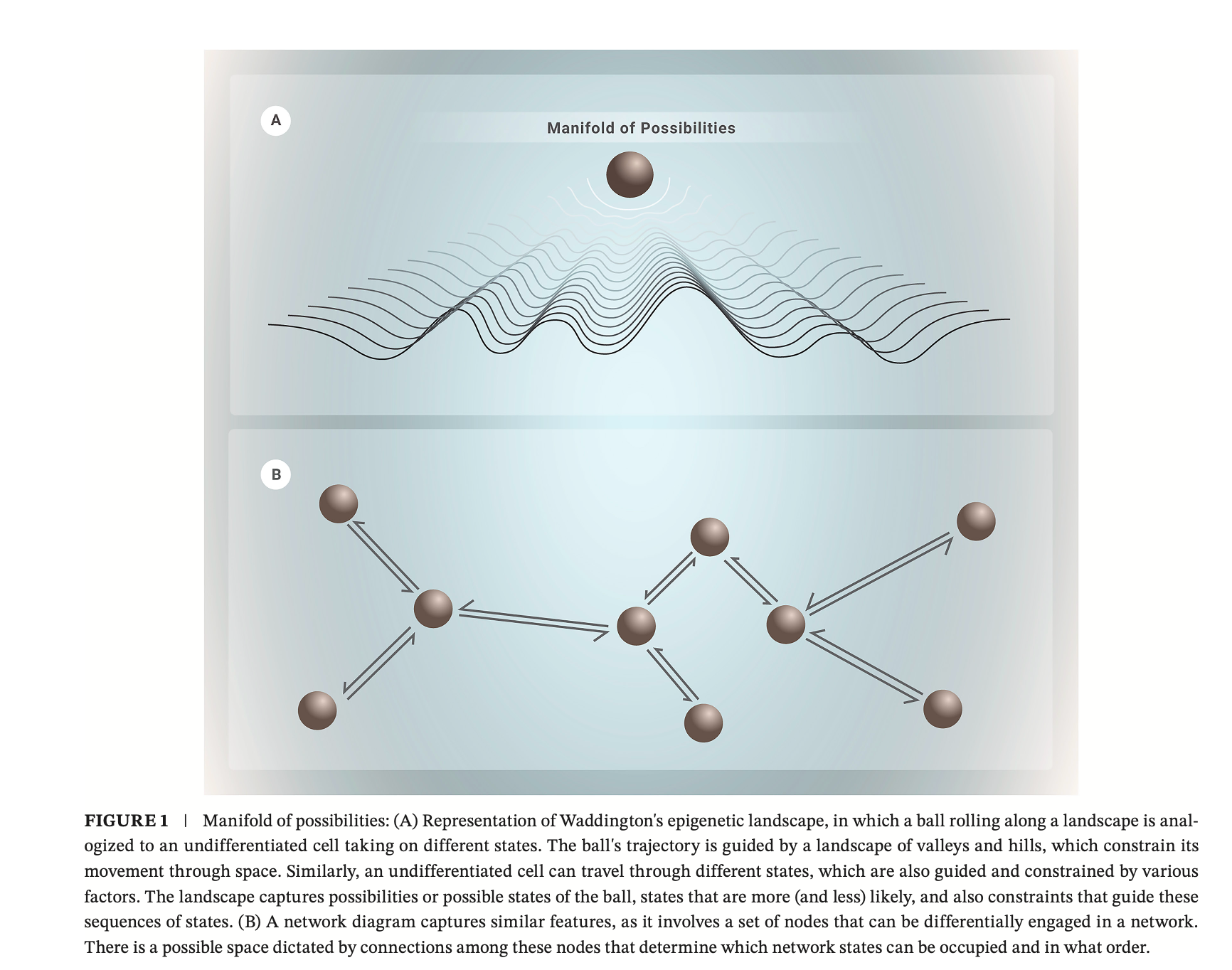
“In this paper, we provide a framework for capturing a common type of complex system in neuroscience, which involves two main aspects: (i) constraints on the system and (ii) the system's possibility space of available outcomes.”
“Fewer concepts exist to clarify actual impossibilities for systems and the principled rationale for why they are impossible. Mere lack of realization is not an impossibility, and lack of realization can be difficult to model, represent, and conceptually appreciate. The importance of these points is only further magnified by the fact that when we consider systems that change, adapt, and evolve, these possible and impossible state landscapes change as well. Capturing these features is an important step in under- standing, modeling, and advancing theoretical frameworks for complex systems.”
“A challenge with studying possibility space is that most empirical work will capture only part of a person's possibility space. To really characterize possibility space (over an individual's life) would involve measuring the brain from birth to death, 24h a day, 7days a week. This is obviously impractical. There are recent trends in “precision neuroimaging” that aspire to better characterize individual variation in functional brain networks by performing several sessions of data acquisition at longer durations.”
“Despite this acceptance of explanation across scales, reductive language and assumptions remain. This is seen in frequent explanatory efforts that aim to get “under the hood” and suggestions that deeper explanations require lower level neural details. Even when explanatory factors operate at higher scales, it can be challenging to resist some mention of the importance of lower scale information or future promises that such lower levels may someday give a deeper understanding.”
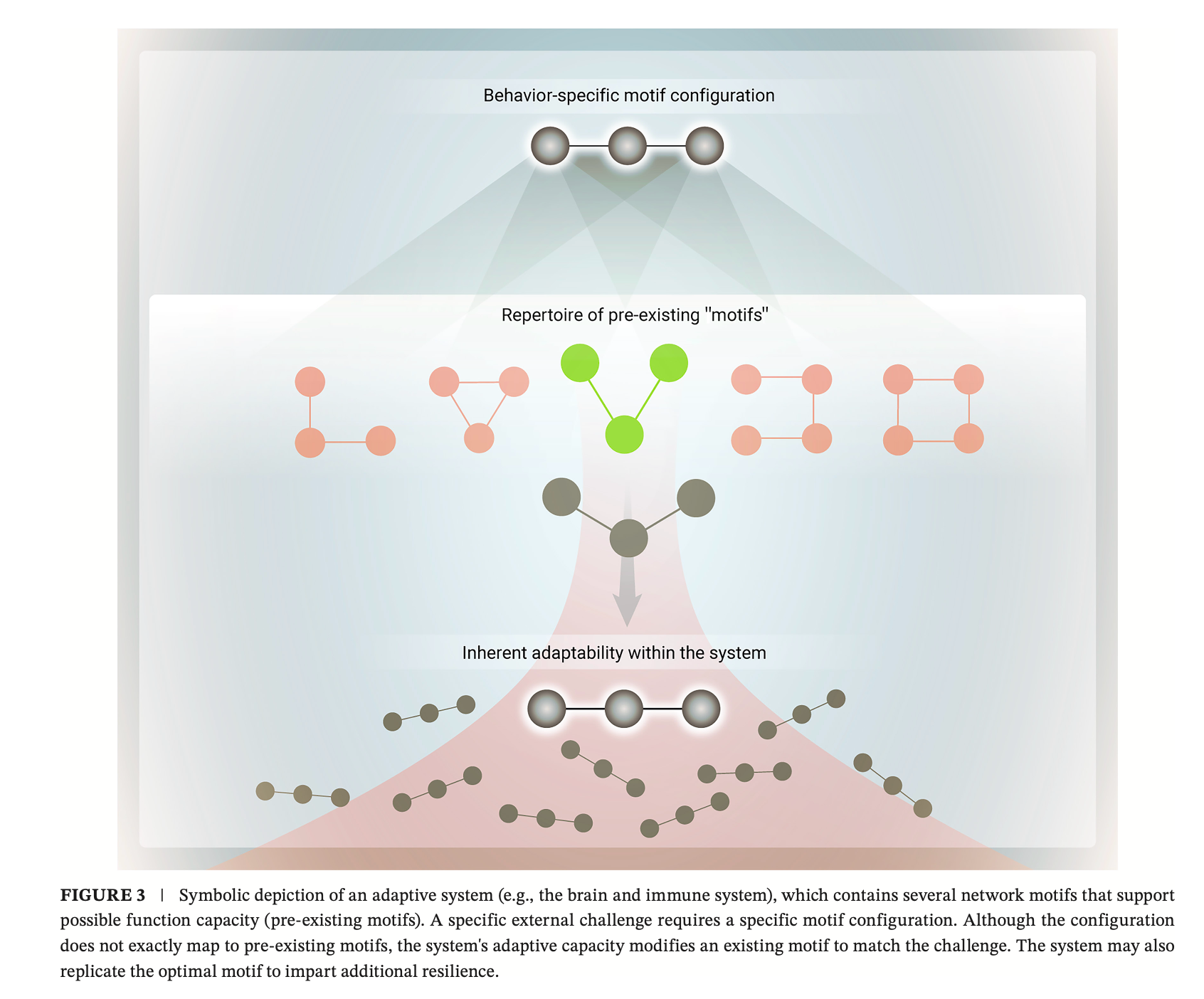
“Accounts of constraints, possibility space, and impossibility explanation have received significant attention in philosophy but have received less formal attention in the neuroscience literature. These notions can support discussions around brain adaptation, resilience, and phenomenology by providing a framework to connect complex systems with similar properties.”
“Integrating structured flows on manifolds and the free energy principle can illustrate how the brain's possibility space evolves as it learns and adapts. Structured flows on manifolds provide the paths and attractors, whereas free energy minimization drives the navigation and optimization of these paths. Over time, this dynamic interplay can show how new paths and attractors emerge (representing adaptation and resilience) and how certain areas of the possibility space become more or less accessible de- pending on the brain's current state and experiences.”
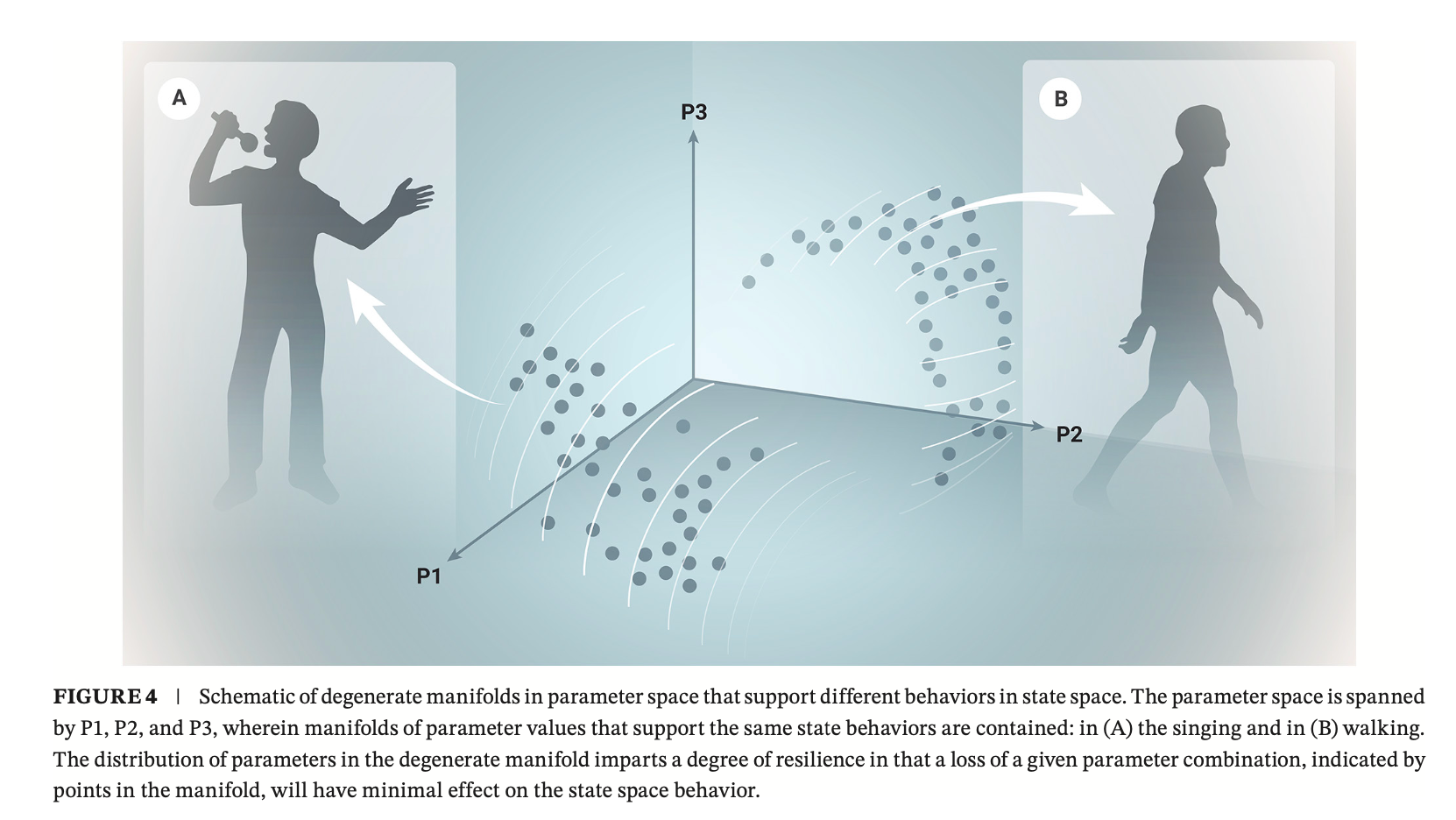
“An advantage of this work is that it captures challenging aspects of complex systems, such as different types of states that are “unrealized” for a system. For any system, there is a large range of possible yet unactualized states distinct from states that are strictly impossible for a system.”
Ross, L. N., Jirsa, V., & McIntosh, A. (2024). The Possibility Space Concept in Neuroscience: Possibilities, Constraints, and Explanation.
https://onlinelibrary.wiley.com/doi/full/10.1111/ejn.70038
Reader Feedback
“Yeah, but I don’t get paid for backtracking and revision. What’s in it for me Christopher? What’s in it for me?”
Footnotes
We ran a test last week. The treatment was standardized and the instrumentation held up. We know what we saw.
We learned that 86% didn’t need the treatment.
That’s the great thing about a direct test: it’s unambiguous. It doesn’t produce complements. It doesn’t make salve. It produces signal.
The clickthrough rate on the invitation was 100% — so thank you — each and every single one of you.
And thank you for the follow-up huuuuuhs?
It is exactly as it appears.
I hope you’ll click on the next invitation. You’re in for a treat…ment.
Never miss a single issue
Be the first to know. Subscribe now to get the gatodo newsletter delivered straight to your inbox
